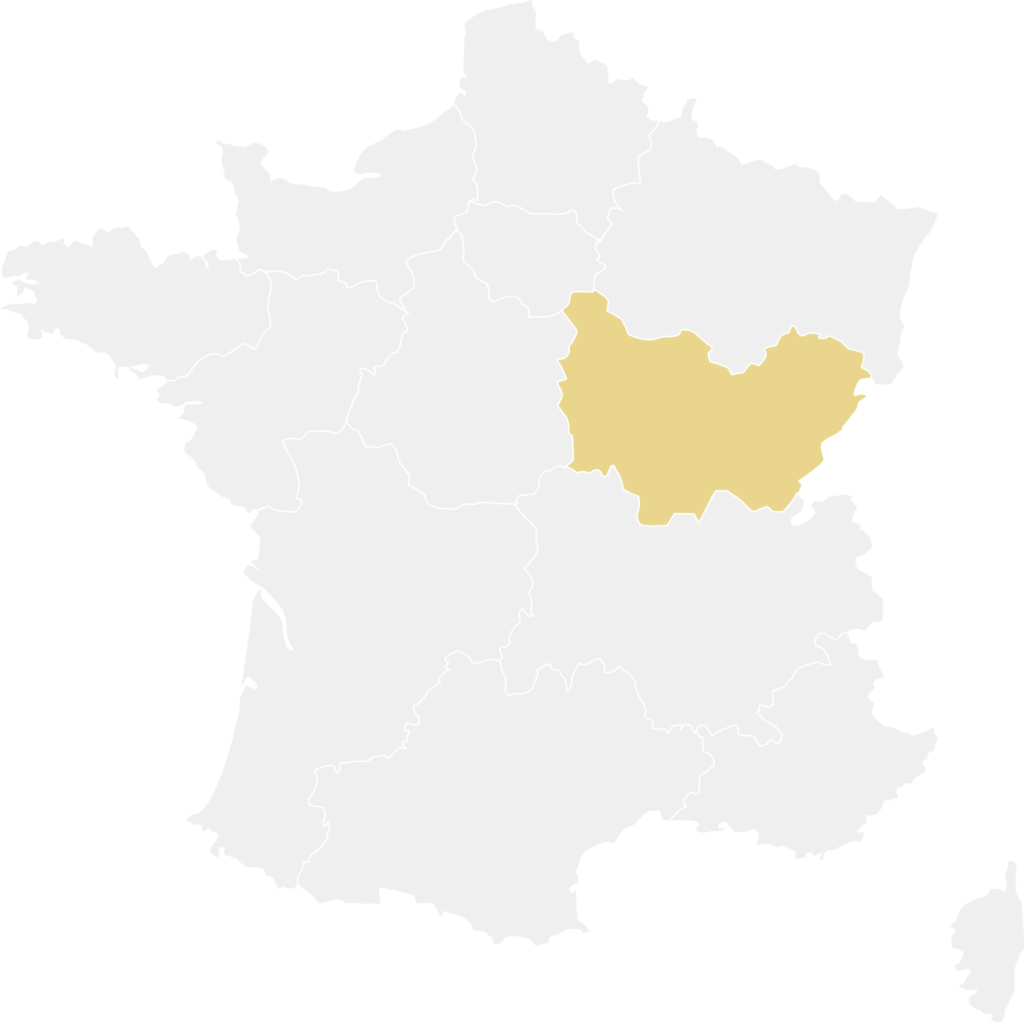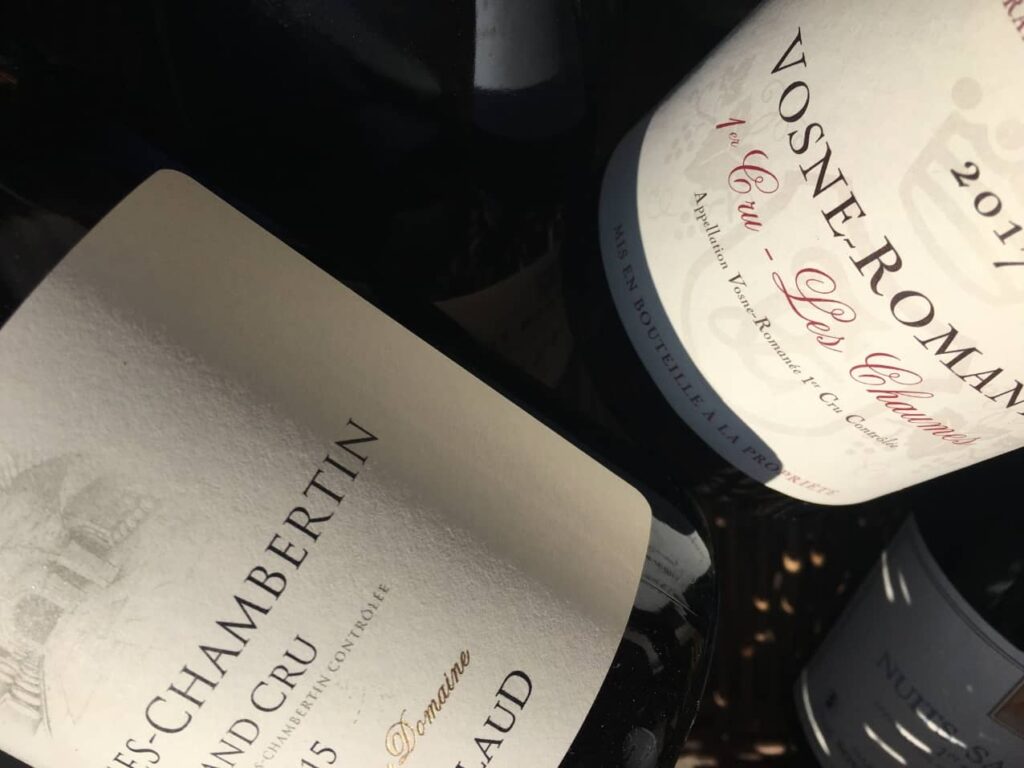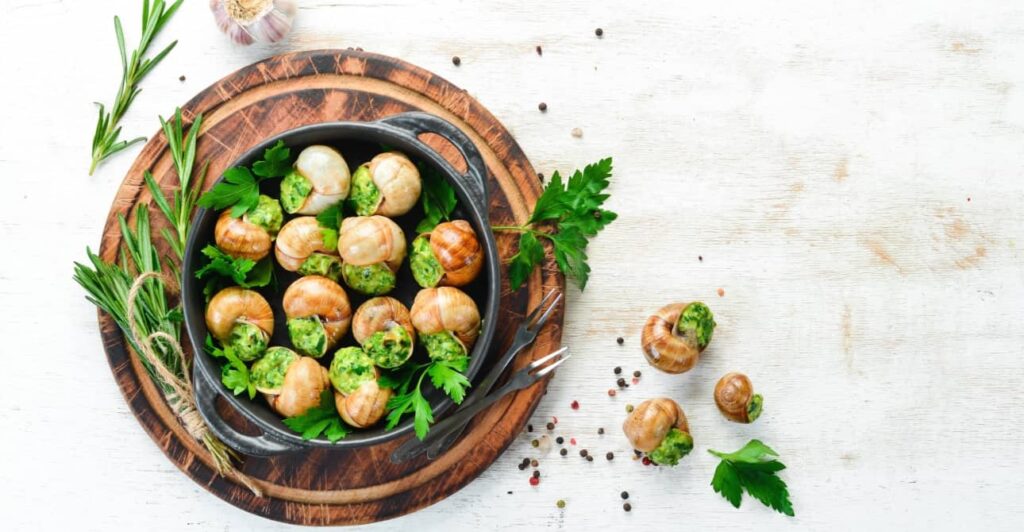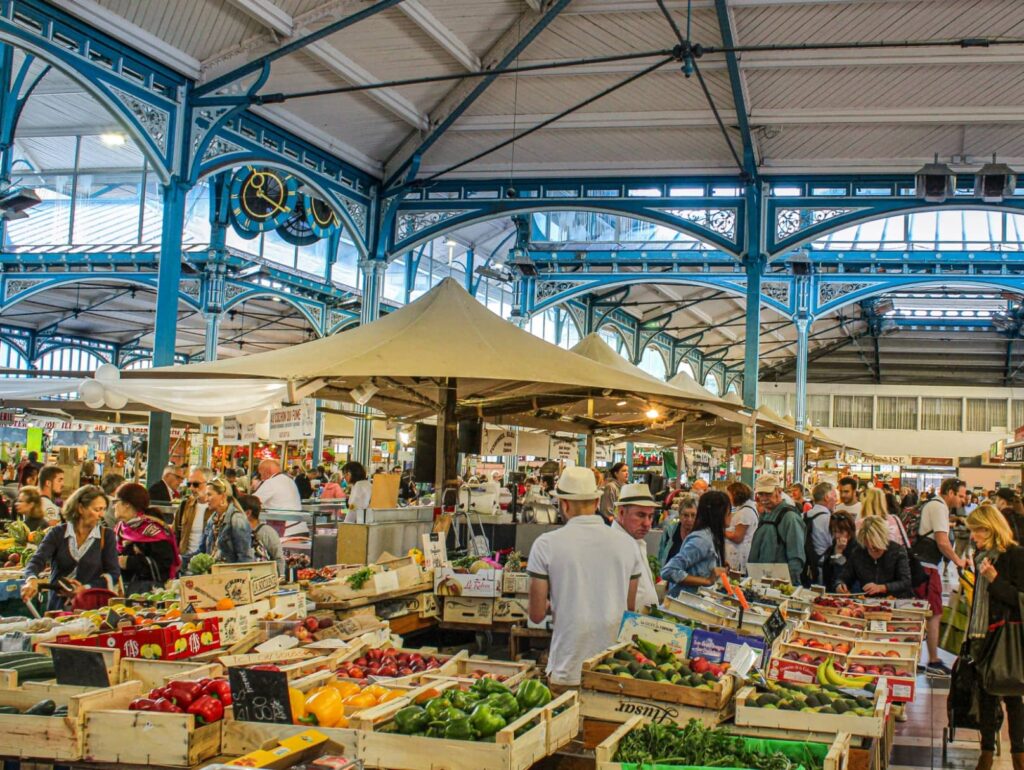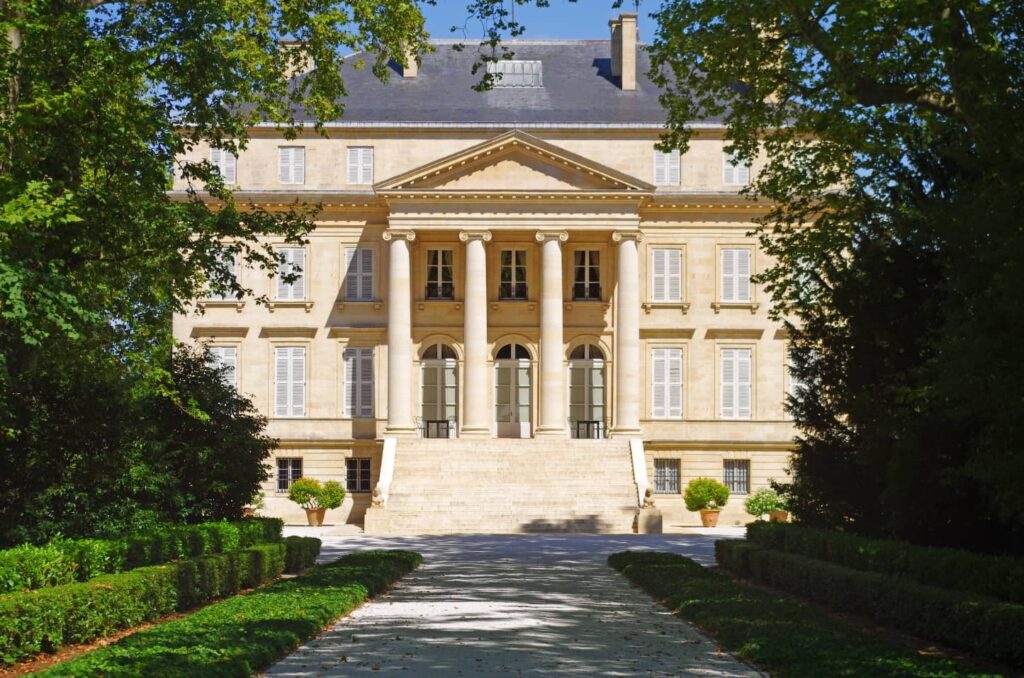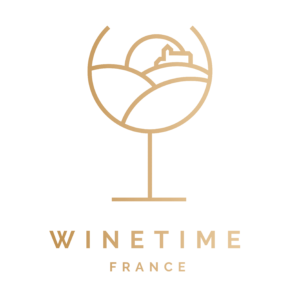
Champagne
Champagne; the universal drink of celebration and love. Over 300 million bottles are sold around the world, each one produced from grape to bottle in this small grape-growing region located only 100 miles outside of Paris.
Here you’ll discover a trail of manicured vineyards draped over the rolling hillsides, shouldering tiny villages, and inevitably leading to the cities Epernay and Reims, where the iconic Bollinger, Veuve Cliquot, and Ruinart house their glorious champagnes. Pay a visit to one of the family-owned producers in a nearby village, or explore the tunnels carved out beneath the city of Reims by its ancient Roman inhabitants.
No wine region in France exists without its gastronomy, and Champagne is no exception. White sausage (Retherl Boudin Blanc), Joute vegetable stew, and Chaource cheese are delectable local specialties that incidentally all pair perfectly with champagne!
Here you’ll discover a trail of manicured vineyards draped over the rolling hillsides, shouldering tiny villages, and inevitably leading to the cities Epernay and Reims, where the iconic Bollinger, Veuve Cliquot, and Ruinart house their glorious champagnes. Pay a visit to one of the family-owned producers in a nearby village, or explore the tunnels carved out beneath the city of Reims by its ancient Roman inhabitants.
No wine region in France exists without its gastronomy, and Champagne is no exception. White sausage (Retherl Boudin Blanc), Joute vegetable stew, and Chaource cheese are delectable local specialties that incidentally all pair perfectly with champagne!

